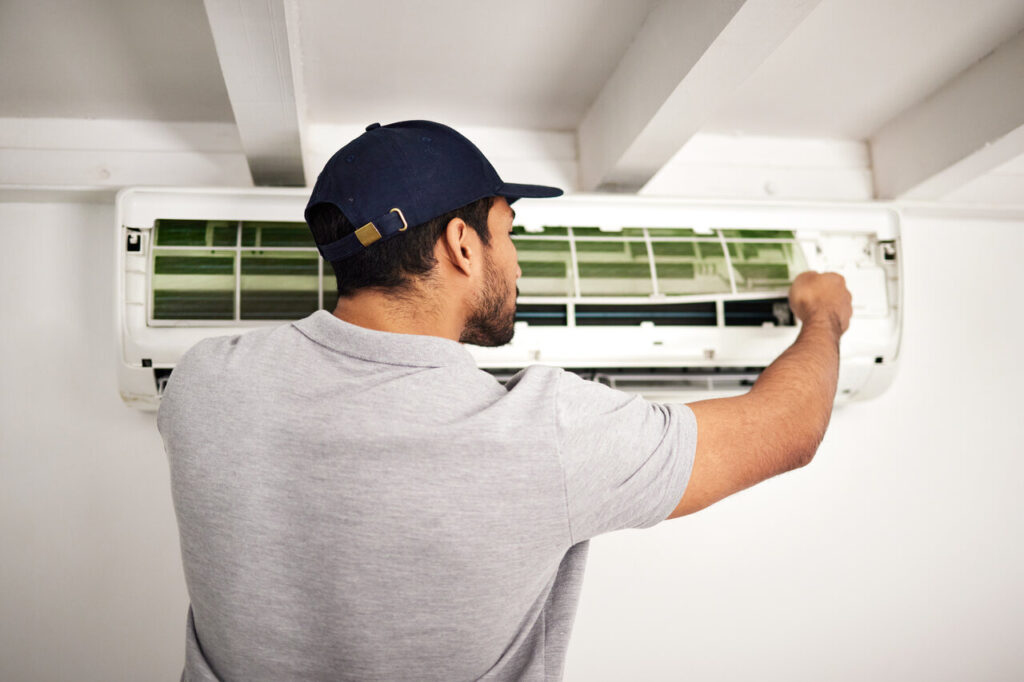Building a new home or commercial property can be an exciting yet complex endeavor. One crucial aspect that requires meticulous planning and expert guidance is designing and implementing an efficient heating, ventilation, and air conditioning (HVAC) system. A well-planned HVAC system not only enhances the comfort of your space but also contributes significantly to energy efficiency, contributing to long-term cost savings and ecological responsibility. As experts in the HVAC industry, our team specializes in AC repair, installation, replacement, and maintenance services tailored to suit a wide range of projects, including new constructions. In this informative guide, we will highlight essential factors to consider when planning the HVAC system for your new property, ensuring a comfortable and energy-efficient space for years to come.
Evaluating HVAC Load Calculations for Your New Construction
An essential first step in planning the HVAC system for your new construction project is performing accurate load calculations. Load calculations estimate the heating and cooling requirements of a building and are crucial for determining the appropriate capacity of the HVAC system. To conduct a heat load assessment, consider:
1. Building Size and Layout: The square footage, ceiling height, and room layout of the property all contribute to the heating and cooling requirements.
2. Insulation Levels: The quality and extent of insulation within the walls, attic, and other areas impact heat transfer, affecting temperature regulation within the building.
3. Windows and Doors: The size, position, and energy efficiency ratings of the doors and windows can influence heat transfer and ventilation in your property.
Our professionals can help you perform precise load calculations, ensuring that the HVAC system is correctly sized for your new property’s specific needs.
Selecting the Right HVAC Equipment for Your New Construction
Once you have determined the heating and cooling load for your new property, the next step is selecting the proper HVAC equipment that suits your requirements. To choose the right equipment, consider the following:
1. System Efficiency Ratings: Opt for HVAC systems with a high Seasonal Energy Efficiency Ratio (SEER) and Heating Seasonal Performance Factor (HSPF) for energy efficiency and long-term cost savings.
2. Equipment Types: Identify the right HVAC equipment type, such as central air conditioning, ductless mini-splits, or heat pumps, that align with the unique needs of your new building’s design and function.
3. Advanced Features: Select HVAC systems with advanced features, such as remote control, programmable thermostats, and variable-speed compressors for improved functionality and energy-conserving benefits.
Our knowledgeable team can guide you in making informed decisions and selecting the best HVAC equipment for your new construction project.
HVAC Ductwork Design and Installation
Proper ductwork planning and installation are essential to ensure efficient air distribution and circulation in your new construction project. To optimize the HVAC ductwork, our experts recommend:
1. Duct Sizing and Layout: Properly-sized and well-laid-out ductwork ensures efficient temperature regulation, prevents energy losses, and maintains ideal indoor air quality.
2. Insulation: Insulating ductwork prevents heat loss and reduces noise levels, contributing to a more comfortable and energy-efficient indoor environment.
3. Leak Prevention: Sealing joints and connections in the ductwork correctly minimizes air leakage and helps maintain system efficiency.
Our professional technicians are proficient in designing and installing high-quality ductwork, ensuring maximum efficiency and performance.
Ventilation and Indoor Air Quality Considerations
Maintaining optimal indoor air quality is vital for creating a healthy and comfortable indoor environment in your new construction. To achieve this, consider incorporating the following elements into your HVAC planning:
1. Adequate Ventilation: Proper ventilation reduces indoor air pollutants, maintains humidity levels, and ensures a continuous supply of fresh air.
2. Energy Recovery Ventilation (ERV) Systems: ERV systems transfer heat and moisture between the incoming and outgoing air streams, optimizing energy efficiency and maintaining a comfortable indoor climate.
3. Air Filtration: Installing high-quality air filters, such as HEPA or MERV-rated filters, can improve your property’s indoor air quality by capturing contaminants like allergens, bacteria, and dust particles.
With the support of our skilled team, you can strive for exceptional indoor air quality and achieve a healthy, comfortable living environment.
Conclusion
Planning and installing an efficient and comfortable HVAC system in your new construction project requires careful analysis, well-informed decisions, and expert support at every stage. Trust our experienced professionals at O’Leary Air to guide you through this essential process, addressing critical factors such as system sizing, equipment selection, ductwork design, and indoor air quality. With our expertise and commitment to service, you can create an energy-efficient, comfortable, and healthy environment in your newly built home or commercial property. Contact our HVAC contractor in Hillsboro, OR today to embark on a successful and rewarding HVAC planning journey for your new construction project.




